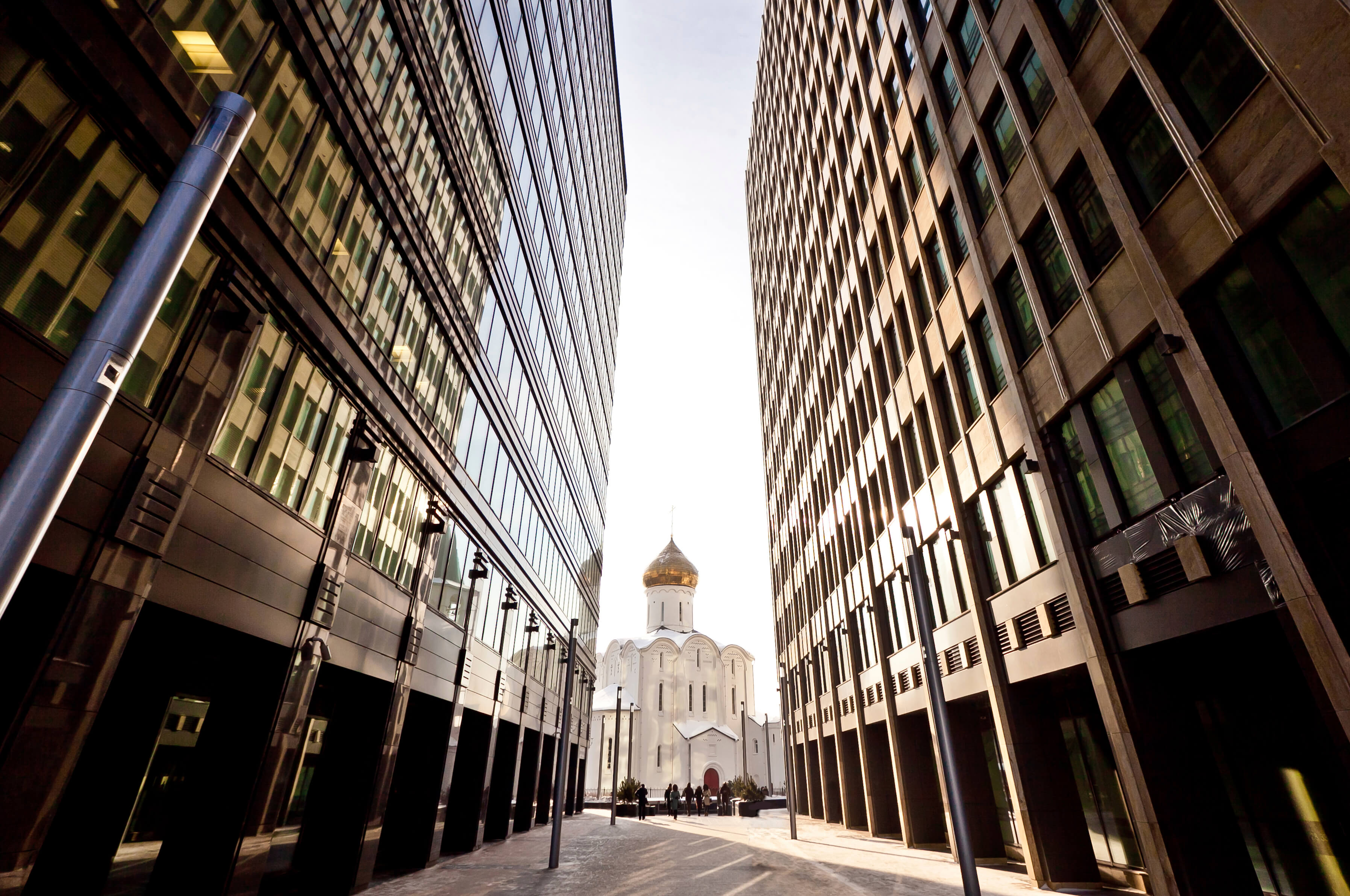Dmitry Uryakin analysed for AG the position of the Supreme Court on the recovery of lost profits in case of intellectual property rights infringement
Chanel SARL and Christian Dior Couture S.A. – the right holders of the Chanel and Christian Dior trademarks, respectively, filed a lawsuit to recover from individual entrepreneur Olga Prudnikova the loss of profit in the amount of RUB 125.5 thousand. According to the plaintiffs, the losses were caused by the defendant’s sale of counterfeit goods with images and inscriptions confusingly similar to the above trademarks. The three instances sided with the right holders. At the same time, the courts agreed with the calculation of damages according to the “one-to-one” model, when one unit of counterfeit goods displaces one unit of original goods from the market. However, the Supreme Court of the Russian Federation, having considered Prudnikova’s cassation appeal, concluded that the lower instances had not investigated the issue of similarities and differences between original and counterfeit goods to determine whether the end consumer could have realised that he was buying goods not from the right holder. The Judicial Commission on Economic Disputes emphasised that the parties were not competing on the same market and questioned whether there was a real possibility of the right holders receiving income when the individual entrepreneur sold counterfeit goods. As a result, the Supreme Court of the Russian Federation recognised the unproven existence of losses in the form of lost profits and the case was returned for a new trial.
Dmitry Uryakin,Senior Attorney and Head oа General Business Practice at Maxima Legal, noted that this is not the first time that the Supreme Court of the Russian Federation has imposed higher requirements for substantiation of lost profits in cases related to the protection of intellectual property rights. “For example, in the case of the “Sensor” enterprise (Decision of the Supreme Court of the Russian Federation No. 309-ES17-15659 of 13 April 2021) it was stated that the mere introduction of counterfeit goods to the market does not presume the right holder to have lost profits. This means that in order to recover it, the injured right holder needs to prove on general grounds preparations for the extraction of income, as well as the fact that this income was not obtained solely due to the actions of the infringer”, – recalled the expert.
Similar logic, according to the expert, was reproduced in the commented definition of the Supreme Court of the Russian Federation. “The court rightly noted that the right holder and the infringer sell their own products on different commercial markets. Due to the absence of competitive relations between them, the release of counterfeit products by the infringer did not redistribute the customer demand in the market. Therefore, in this case it could not be said that each counterfeit product displaced the same original product from the market. For the same reason, it was wrong for the right holder to calculate lost profits according to the “one-to-one” model, and it was necessary to either recover the income illegally received by the infringer or ordinary compensation,” Dmitry explained to Advokatskaya Gazeta.
To read the full article (in Russian) please visit Advokatskaya Gazeta website >>>







